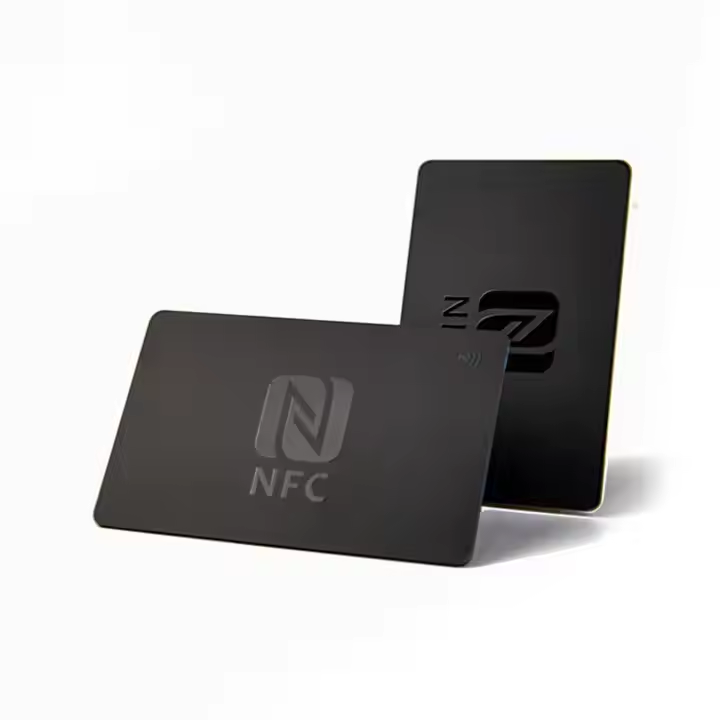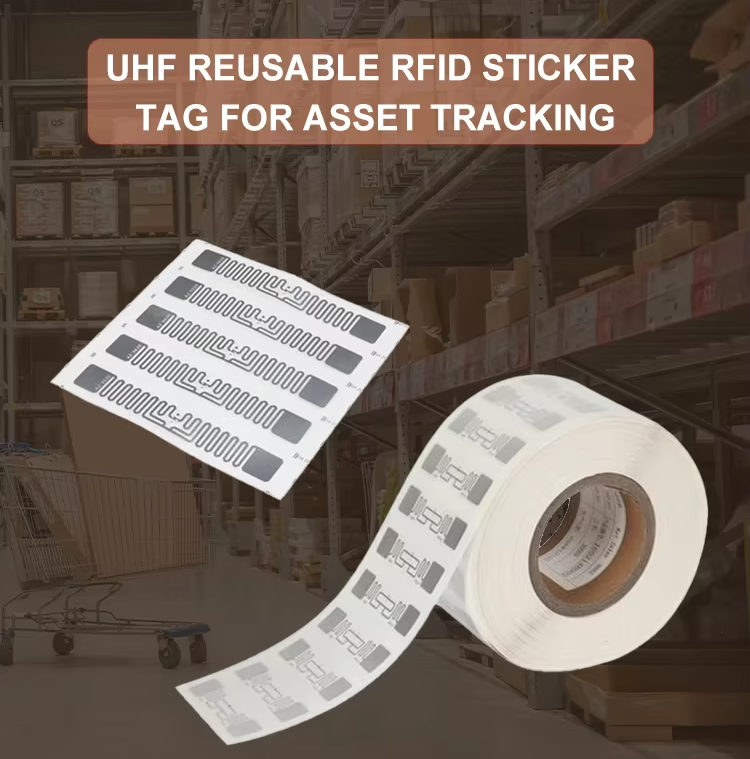
How to Choose a Reliable NFC Card Manufacturer?
Discover essential tips for choosing a reliable NFC card manufacturer, focusing on production capacity, quality control, innovation, and strong support.
RFID Card protocol refers to a set of rules and standards followed when communicating between RFID cards and readers. Since there is no unified international standard, different manufacturers or applications choose different protocols. Currently common protocols include ISO10536, ISO14443, ISO15693, and ISO18000.
| Standard Name | Frequenzbereich | Application Scenarios |
|---|---|---|
| ISO14443 | 13,56 MHz | Access control, bus cards, campus cards, etc. |
| ISO 15693-Richtlinie | 13,56 MHz | Library management, asset inventory |
| ISO10536 | 2.45 GHz | Long-distance identification in special environments |
| ISO18000 Series | Low to Ultra-High frequencies | Logistics tracking, supply-chain management, etc. |
Active Card
Built-in battery; longer read range (up to tens of meters), but higher cost, larger size, and limited lifespan.
Passive Card
Powered by the reader’s electromagnetic waves; small, low-cost, long lifespan; typical read range from a few centimeters to a few meters.
Low Frequency (LF)
125 kHz / 134.2 kHz: short-range, low-cost scenarios (e.g., animal identification, access control).
High Frequency (HF)
13.56 MHz: the most common band for libraries, bus cards, NFC, etc.
Ultra-High Frequency (UHF)
433 MHz / 915 MHz / 2.45 GHz: for logistics tracking, highway toll collection, etc., requiring longer read/write distances.
Inductive Coupling
Used in LF and HF cards; signal transmitted via magnetic-field coupling.
Backscatter Coupling
Used in UHF cards; card reflects the reader’s RF signal and modulates data onto it.
Read-Only Card
Data written at manufacture; users can only read.
Read-Write Card
Data can be written and modified multiple times.
CPU Card
Built-in microprocessor; supports more complex security applications.
Energy Transmission
The reader transmits RF signals; the card either converts these via its antenna into power (passive) or uses its own battery (active).
Data Communication
Passive Card: Uses modulation (backscatter) to superimpose data onto the reflected signal.
Active Card: Actively transmits its own RF signal back to the reader.
Protocol Process
Covers the physical layer (antenna design and power), initialization and anti-collision (to avoid multi-card interference), and the transmission protocol (data formats, encryption, etc.).
Selection: Choose the right frequency band and protocol for your application.
Integration: Ensure reader-card compatibility, reducing development and debugging time.
Security: Different protocols’ encryption and anti-collision features impact overall system security.
This article is organized around the RFID Card protocol to help beginners quickly master radio-frequency-card communication standards and principles. Welcome to share and comment!
If you need to know about the customized solutions, chip types or industry applications of RFID cards, please contact our professional team. We have more than 15 years of RFID production experience, support OEM customization services, and our products are exported to all over the world.
Neuste Trends und allgemeines Wissen zu RFID-Wäscheetiketten.

Discover essential tips for choosing a reliable NFC card manufacturer, focusing on production capacity, quality control, innovation, and strong support.

Improve logistics efficiency with RFID UHF labels, enabling smart warehousing and real-time data management across all processes from inbound to outbound.

Vanishing cruise linens? Stadium uniforms lost mid-game? UHF RFID Laundry Textile Labels track textiles, slash losses across hospitality/events.
Sie haben nicht gefunden, was Sie suchen? Bitten Sie unseren Manager um Hilfe!